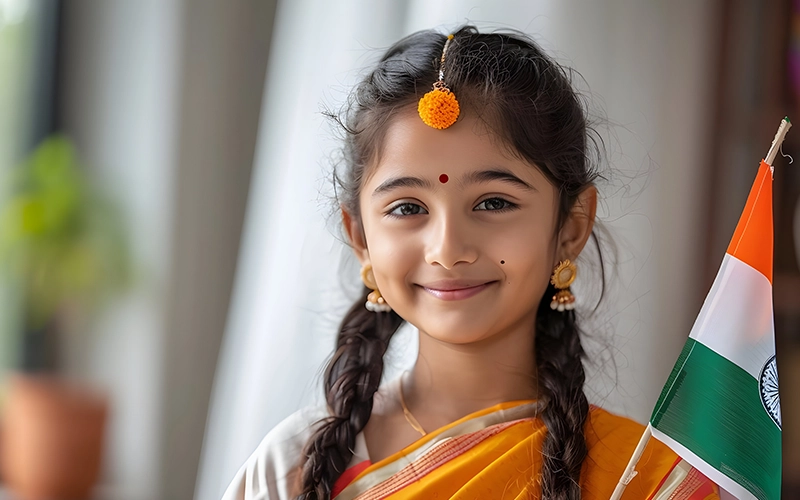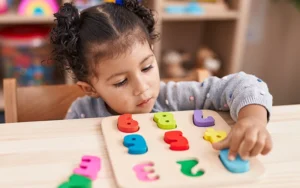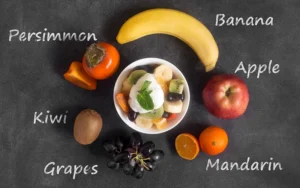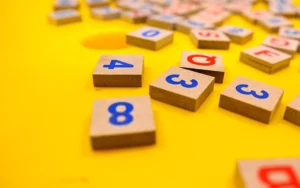India is a country rich in heritage, culture, and diversity, and its national symbols reflect these values. Each national symbol, from the majestic tiger to the vibrant lotus, carries a significant meaning that resonates with India’s identity and history. For kids, understanding these symbols is a fascinating way to learn about the nation’s pride and values.
In this blog, we’ll explore the national symbols of India, explain their importance in simple terms, and provide interesting facts to make learning enjoyable for children.
The National Flag: The Tricolor of Unity
The Tiranga, or the tricolor flag, is one of the most revered symbols of India. It was adopted on July 22, 1947, shortly before India gained independence.
-
Colors and Their Meanings:
- Saffron at the Top: Symbolizes courage and selflessness, reflecting the sacrifices made by freedom fighters.
- White in the Middle: Represents peace, truth, and harmony.
- Green at the Bottom: Stands for prosperity, fertility, and faith.
- Ashoka Chakra: Located in the center, the navy-blue wheel with 24 spokes represents the eternal wheel of law and progress.
- Interesting Fact for Kids: The Ashoka Chakra’s design is inspired by the Lion Capital of Ashoka, another national symbol.
The flag represents India’s unity and sovereignty. Hoisting the Tiranga on national days like Independence Day and Republic Day evokes pride and patriotism.
Encourage them to participate in craft activities that use the tricolor, such as making paper flags for Republic Day or Independence Day. Check out our blog on Creative Diwali Activities for Kindergarten for more fun craft ideas that kids will love.
National Animal: The Mighty Royal Bengal Tiger
The Royal Bengal Tiger is India’s national animal, chosen for its strength, courage, and majesty. Found in forests, especially in reserves like the Sundarbans, this tiger represents the country’s rich wildlife heritage.
- Why It’s Significant: The tiger symbolizes India’s commitment to wildlife conservation. Efforts like Project Tiger, launched in 1973, aim to protect this majestic animal.
- Fun Fact for Kids: The Bengal tiger can weigh up to 220 kilograms and leap over 30 feet in a single bound!
Encouraging children to learn about the tiger fosters awareness about endangered species and the need to protect them.
National Bird: The Graceful Indian Peacock
The Indian Peacock, with its iridescent feathers and elegant demeanor, is India’s national bird. It was declared the national bird in 1963 due to its association with Indian mythology and culture.
- Significance: The peacock symbolizes beauty, grace, and pride. It is also considered sacred in many traditions, often depicted in ancient art and temple sculptures.
- Fun Fact for Kids: Peacocks spread their feathers in a beautiful fan-like display during the monsoon to attract peahens.
Observing peacocks in parks and sanctuaries is a joyful experience for children, helping them appreciate nature’s beauty.
Plan a peacock-themed activity day for children, where they can learn through storytelling and craft. For more ideas on event-based learning, check out our article on Sports Day Activities for Kindergarten.
National Flower: The Resilient Lotus
The Lotus is more than just a flower; it’s a symbol of purity, wisdom, and spiritual growth. Despite growing in muddy water, the lotus blooms with unparalleled beauty, representing resilience.
- Importance: The lotus holds deep significance in Indian culture and is often associated with deities like Lakshmi and Saraswati. It also features prominently in Indian art and architecture.
- Fun Fact for Kids: The lotus is a favorite motif on traditional Indian textiles and jewelry designs.
Teaching children about the lotus instills lessons of perseverance and inner strength.
National Fruit: The King of Fruits – Mango
The mango has been celebrated in India for centuries, often called the “King of Fruits.” It’s known for its sweetness and versatility.
- Why It’s Important: Mangoes are a symbol of abundance and prosperity. Historically, they have been praised in literature, art, and even diplomacy, with mangoes often gifted to visiting dignitaries.
- Fun Fact for Kids: India grows over 1,000 varieties of mangoes, including Alphonso, Kesar, and Dussehri.
Sharing mango-based treats like aamras or mango pickle is a delicious way to connect kids with this iconic fruit.
National Tree: The Evergreen Banyan Tree
The Banyan Tree is a symbol of longevity and shelter. Known for its vast canopy and aerial roots, it provides shade and serves as a meeting place in villages.
- Cultural Importance: The banyan tree is often considered sacred, representing immortality in Hindu mythology. It’s also associated with wisdom and knowledge.
- Fun Fact for Kids: The Great Banyan Tree in Kolkata spreads over 4 acres, making it one of the largest trees in the world.
Children can learn valuable lessons about community and sustainability by understanding the banyan tree’s role in India’s ecosystem.
National Emblem: The Lion Capital of Ashoka
The Lion Capital of Ashoka from Sarnath is India’s national emblem. Adopted on January 26, 1950, it features four lions standing back-to-back, symbolizing strength, courage, and truth.
- Details of the Emblem:
- Below the lions are figures of a bull, horse, lion, and elephant, symbolizing different aspects of life.
- The inscription “Satyameva Jayate” (Truth Alone Triumphs) is taken from the ancient text Mundaka Upanishad.
- Fun Fact for Kids: The emblem is used on all Indian currency and official documents.
It serves as a reminder of India’s ancient heritage and its enduring values.
National Anthem: Jana Gana Mana
The National Anthem was written by Rabindranath Tagore and adopted in 1950. It reflects India’s unity in diversity.
- Duration: The full anthem takes 52 seconds to sing.
- Fun Fact for Kids: It was first sung at the Indian National Congress session in 1911.
Encouraging kids to learn and sing the anthem instills pride and respect for their country.
National Song: Vande Mataram
Vande Mataram, composed by Bankim Chandra Chattopadhyay, is a hymn to the motherland. It was a source of inspiration during the freedom struggle.
- Significance: The song praises India’s natural beauty, comparing the nation to a nurturing mother.
- Fun Fact for Kids: It is often sung at national celebrations alongside the National Anthem.
National Game: Hockey
Though cricket is widely popular, Hockey is India’s official national game. The sport represents teamwork, strategy, and resilience.
- Historical Achievements: India has won 8 gold medals in hockey at the Olympics, a record that stands unmatched.
- Fun Fact for Kids: Major Dhyan Chand, India’s hockey legend, is celebrated as the “Wizard of Hockey.”
Encouraging kids to play hockey teaches discipline and teamwork.
Other National Symbols
- National River: Ganga, representing purity and sustenance.
- National Aquatic Animal: Ganges River Dolphin, symbolizing ecological richness.
- National Calendar: Saka Calendar, used alongside the Gregorian calendar.
Why Are National Symbols Important?
National symbols foster a sense of identity, unity, and pride. They teach kids about their country’s values, heritage, and natural beauty, helping them connect to India’s cultural roots.
Conclusion
India’s national symbols are not just representations—they are stories of pride, history, and culture. At Rainbow Preschools, we encourage young learners to explore India’s heritage through engaging activities and lessons.
For more ideas on how to create meaningful and enjoyable experiences for kids, visit our blogs on Rainy Season Activities for Kindergarten, Diwali Activities for Students, and Sports Day Activities for Kindergarten.
1. What are India’s national symbols?
India has numerous national symbols, including the Tiranga (flag), Royal Bengal Tiger (animal), Lotus (flower), Peacock (bird), and more.
2. Why are national symbols important for kids?
National symbols help kids understand their country’s values, culture, and history, fostering patriotism and pride.
3. What does the national flag of India symbolize?
The flag symbolizes courage, peace, prosperity, and the eternal law represented by the Ashoka Chakra.
4. Which is the national bird of India?
The national bird of India is the Indian Peacock, symbolizing grace and beauty.
5. What is the national game of India?
Hockey is India’s national game, representing teamwork and strategy.







